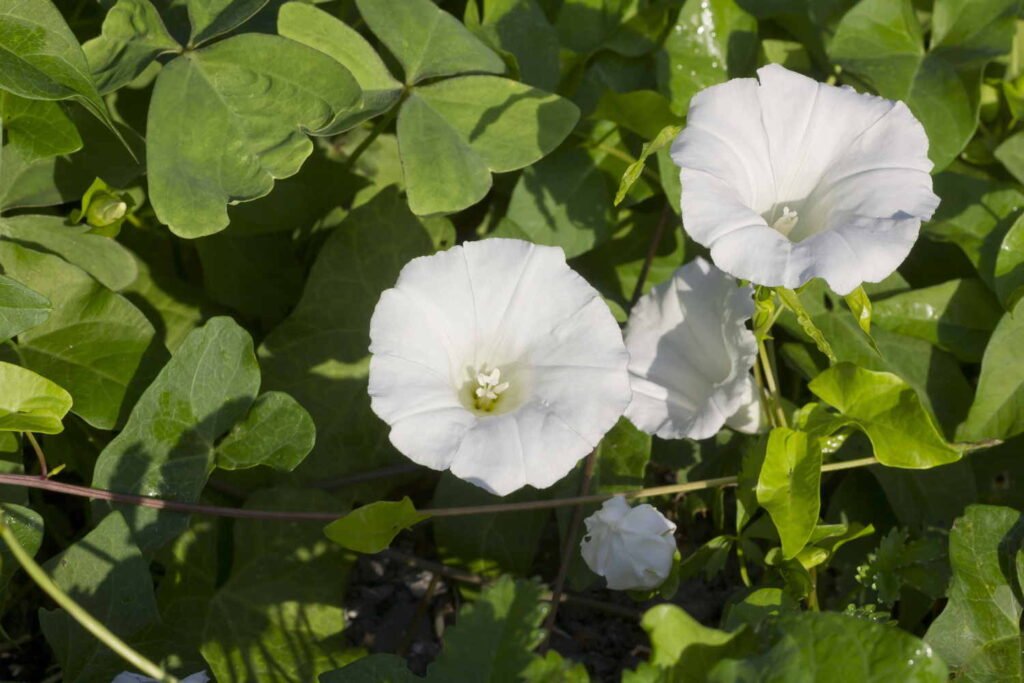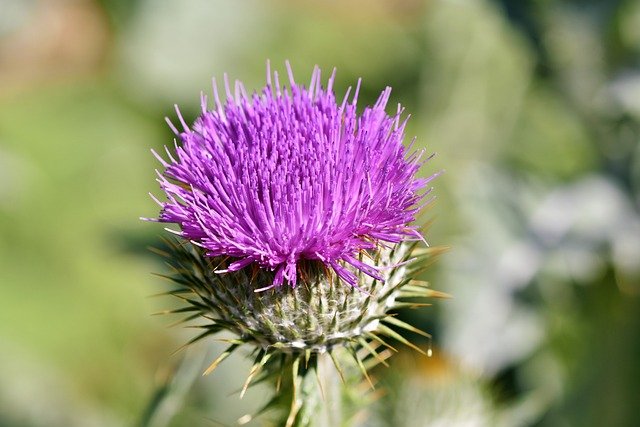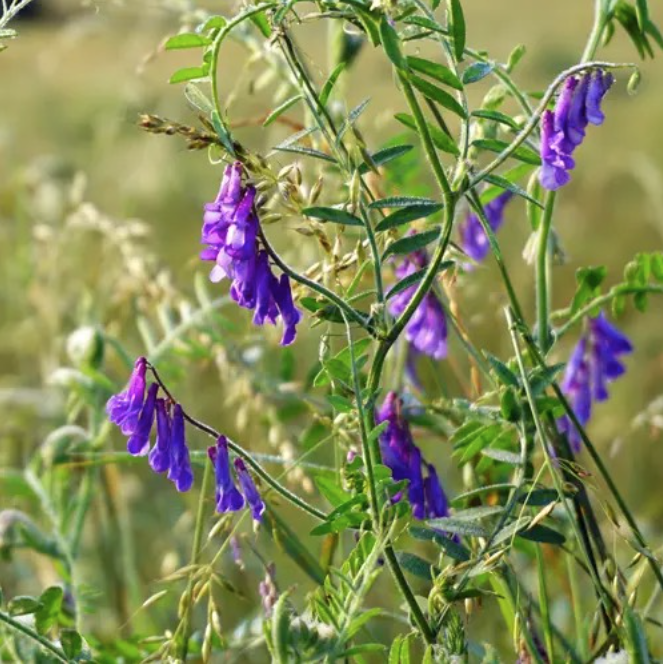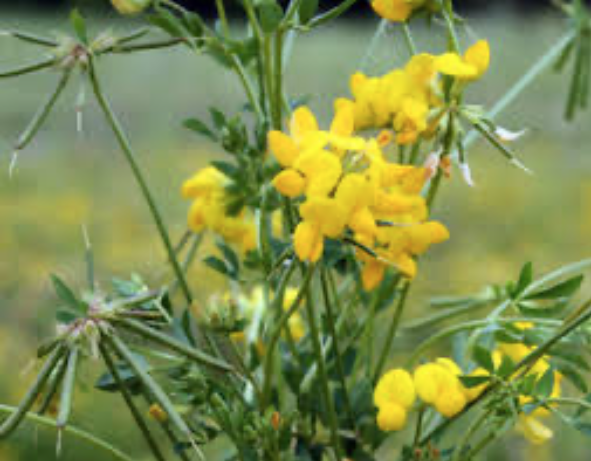The war against ‘weeds’
Is it time to put the (gardening) gloves back on?
For decades, the gloves have been off when it comes to dealing with unwanted plants in our gardens. Indeed vast quantities of blood, sweat and herbicides have been utilised to take back control.
In this short article, I will endeavour to put forward the case for the defence for some of the most hardcore, indiscriminate and widespread members of our gardens... WEEDS!! Now, this is a tricky one, but please hear me out before you reach your verdict, once all the facts have been presented on some of the top ten least wanted!
Don’t get me wrong, I am still a gardener who wants some tidiness within my patch. However, over the years I have almost called a truce, even on BINDWEED (am I even allowed to utter that word publicly??), I don’t permit it to adopt its usual Mafia- style tactics and still pull some of it out early in the season to weaken it. But I’m trying to understand and work with the garden, rather than against it. Let me elaborate...
Always remember that Nature seeks to cover bare earth covered! This was a groundbreaking fact for me. If soil is left bare, moisture is lost, erosion of the vital top soil is more likely, and unfiltered sunlight can dry out the earth and affect the delicate ecosystem below. Thus, nature will do its utmost to address this problem and bring out the big guns e.g.
Bindweed. It turns out that this so called ‘thug’ has an incredibly important job. In disturbed, poor soils, it sends roots deep into the lower layers to mine for nutrients, particularly calcium. It is actually a dynamic nutrient accumulator, which means it pulls up subsurface nutrients and uses them to help a large array of vegetation above ground, spreading itself out over a large area.
The best thing to limit Bindweed is actually to improve your soil. Bindweed thrives in poor, compacted earth which is made worse by digging as this interferes with the biology of the soil. Loss of nutrients and further compaction is a side effect and this optimises the growth of further weeds. It is best to improve your soil by adding layers of mulch, but that is a whole other topic for another time.
Whilst on the topic of mining, there is another unmistakeable plant; the thistle, which taps deeply into the earth, promoting good soil structure and aeration, whilst also bringing up nutrients. It has been said that the thistle is a soil healer and once its job is done, it disappears.
Now, I realise that thistles can be a nuisance, but I have allowed them to inhabit two areas in my vegetable patch, because I know that they are magnets for early aphids, and in turn, their predators. The last few years I have noticed, perhaps coincidentally, the number of aphid outbreaks have lessened and the area is buzzing with ladybirds, lacewings and various beetles. The jury is perhaps swaying a little more in their favour, especially when there are some stunning varieties, including the Spear and Milk thistle, and bumblebees love them.
Moving on to some of the other culprits; Clover, particularly in lawns. It may well interfere with a Wimbledon-style striped lawn, but it is a natural fertiliser, because it captures nitrogen from the air and fixes it in the soil. It is also loved by many species of bees, as well as being edible, under supervision.
The same is true for Birdsfoot Trefoil and also Common Vetch which are members of the pea family and are often found using their tendrils to hang on to its neighbours in our garden beds. Birdsfoot Trefoil is not edible but Common Vetch is great and has been eaten for years.
The value of nettles is perhaps more widely accepted because there are recipes for making soups and breads. They are a superfood, having a higher iron and calcium content than kale and, of course, are free. Nettles also make a great compost accelerator, as well as being the choice of plant for Red Admiral butterflies to lay their eggs.
There are many other so called weeds that perhaps need including on the ‘most wanted’ list for their benefits, rather than for crimes against our garden. Hopefully, I might have made a few valid arguments in their defence.
Foraging Walk
If the jury is still out, join me on a foraging walk to learn to identify these plants, which ones are edible and their other benefits. Wookey Farm have an open day on April 7th, where there will be morning and afternoon walks at a cost of £10 per person. Proceeds will go to wildlife trusts.
To make a reservation, contact myself, Gael Witor, on 07753180263.






